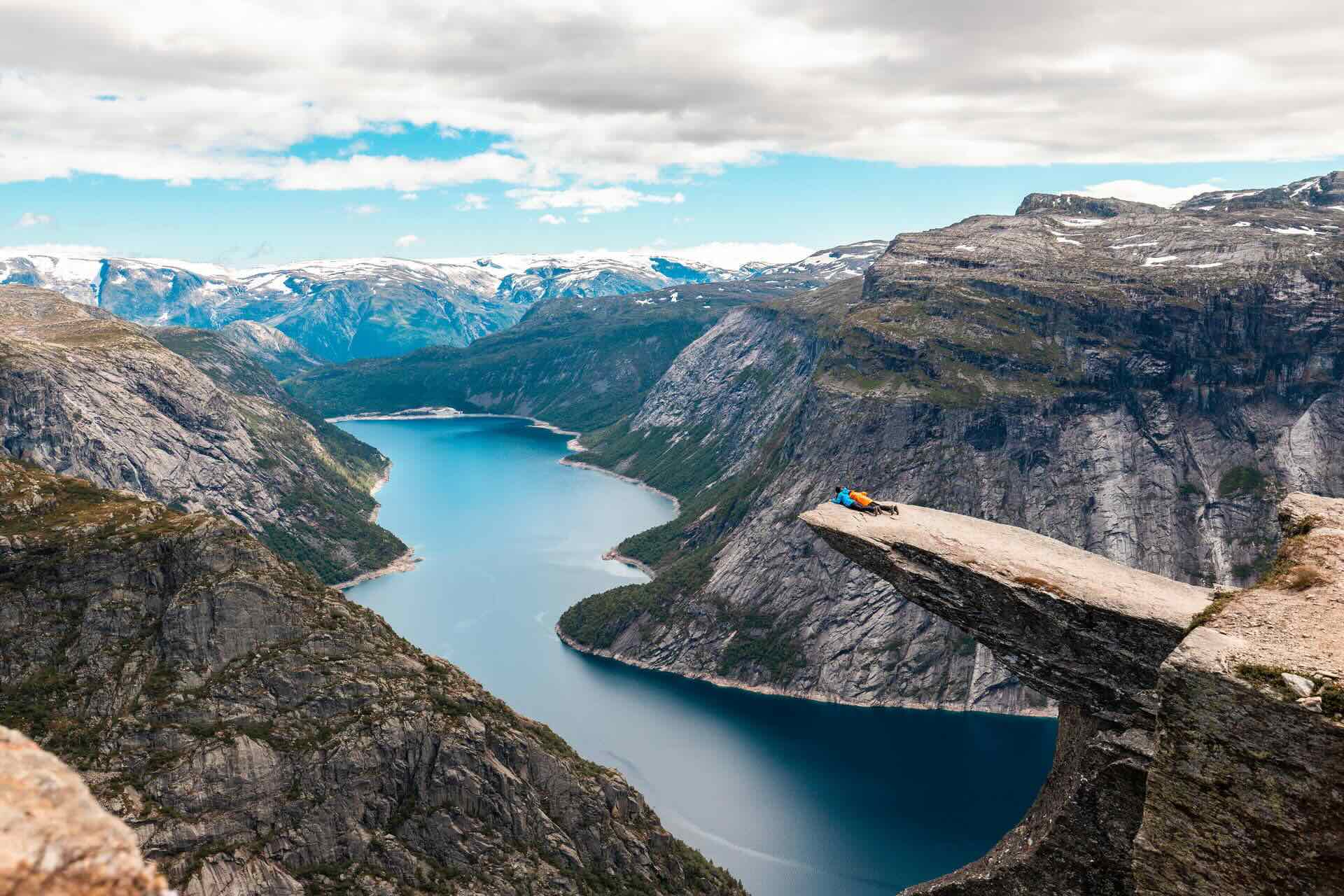
What exactly is a fjord? A fjord is a long, deep, narrow body of water that reaches far inland. These stunning natural formations are created by glaciers carving through valleys over millions of years. Fjords are often surrounded by steep cliffs or mountains, making them breathtaking sights. Found mainly in places like Norway, New Zealand, and Canada, fjords are home to diverse ecosystems and unique wildlife. They offer opportunities for activities such as boating, fishing, and hiking. Whether you're a nature enthusiast or just curious, learning about fjords can be both fascinating and educational. Ready to dive into some cool facts about these natural wonders? Let's get started!
What Are Fjords?
Fjords are long, narrow inlets with steep sides or cliffs, created by glaciers. These stunning natural formations are found in various parts of the world and are known for their breathtaking beauty and unique ecosystems.
-
Fjords are formed by the process of glaciation. As glaciers move, they carve out deep valleys that later fill with seawater.
-
The word "fjord" comes from the Old Norse word "fjǫrðr," meaning "where one fares through."
-
Norway is home to some of the most famous fjords, including the Geirangerfjord and the Nærøyfjord.
-
Fjords can be found in other countries too, such as New Zealand, Canada, Chile, and Scotland.
Unique Features of Fjords
Fjords are not just beautiful; they also have some unique characteristics that set them apart from other natural formations.
-
Fjords are typically deeper than the surrounding sea. Some fjords can reach depths of over 4,000 feet.
-
Many fjords have a shallow entrance called a "threshold," which is formed by the glacier's terminal moraine.
-
Fjords often have steep, almost vertical cliffs that rise straight from the water.
-
Waterfalls are common in fjords, cascading down the steep cliffs into the water below.
Wildlife in Fjords
The unique environment of fjords supports a diverse range of wildlife, both above and below the water.
-
Fjords are home to various marine mammals, including seals, dolphins, and whales.
-
Birds such as puffins, eagles, and gulls are commonly found in fjord regions.
-
The cold, nutrient-rich waters of fjords support a variety of fish species, including salmon and herring.
-
Fjord ecosystems also include unique plant life, such as kelp forests and seaweeds.
Human Interaction with Fjords
Humans have interacted with fjords for centuries, using them for transportation, settlement, and inspiration.
-
Many fjords have been used as natural harbors due to their deep waters and sheltered locations.
-
Fjords have inspired countless artists, writers, and musicians with their dramatic landscapes.
-
Some fjords are popular tourist destinations, attracting visitors with their stunning scenery and outdoor activities.
-
In Norway, fjords have been designated as UNESCO World Heritage Sites due to their natural and cultural significance.
Fjords and Climate Change
Climate change is having a significant impact on fjords, affecting their ecosystems and landscapes.
-
Melting glaciers are causing sea levels to rise, which can alter the shape and depth of fjords.
-
Warmer temperatures are affecting the marine life in fjords, with some species struggling to adapt.
-
Increased rainfall and melting ice can lead to more frequent landslides and rockfalls in fjord regions.
-
Efforts are being made to monitor and protect fjords from the impacts of climate change, including scientific research and conservation initiatives.
Fun Facts About Fjords
Fjords are fascinating in many ways, and there are plenty of interesting tidbits to learn about them.
-
The Sognefjord in Norway is the longest fjord in the world, stretching over 120 miles inland.
-
Milford Sound in New Zealand is often called the "eighth wonder of the world" due to its stunning beauty.
-
Some fjords, like the Hardangerfjord in Norway, are known for their fruit orchards, which thrive in the mild climate.
-
The fjords of Chile's Patagonia region are some of the most remote and least explored in the world.
-
Fjords can be found on every continent except Antarctica.
-
The fjords of western Norway are so iconic that they were used as inspiration for the fictional kingdom of Arendelle in Disney's "Frozen."
-
In some fjords, you can find "fjord horses," a breed of horse native to Norway that is known for its strength and agility.
-
Fjords are often featured in adventure sports, such as kayaking, hiking, and even base jumping from the towering cliffs.
Fjords: Nature's Masterpieces
Fjords are stunning natural wonders that captivate anyone lucky enough to see them. These deep, glacially-carved valleys filled with seawater offer breathtaking views and unique ecosystems. Found mainly in Norway, New Zealand, Chile, and Canada, fjords are home to diverse wildlife, from seals to eagles. They also provide opportunities for adventure, like kayaking, hiking, and fishing.
Understanding fjords helps us appreciate the power of glaciers and the beauty they leave behind. These majestic landscapes remind us of nature's ability to shape our world in incredible ways. Whether you're planning a trip or just curious, knowing these facts about fjords enriches your appreciation for these awe-inspiring formations.
So next time you see a picture of a fjord or visit one, you'll know a bit more about what makes them so special. Enjoy the beauty and wonder of these natural masterpieces!
Was this page helpful?
Our commitment to delivering trustworthy and engaging content is at the heart of what we do. Each fact on our site is contributed by real users like you, bringing a wealth of diverse insights and information. To ensure the highest standards of accuracy and reliability, our dedicated editors meticulously review each submission. This process guarantees that the facts we share are not only fascinating but also credible. Trust in our commitment to quality and authenticity as you explore and learn with us.
